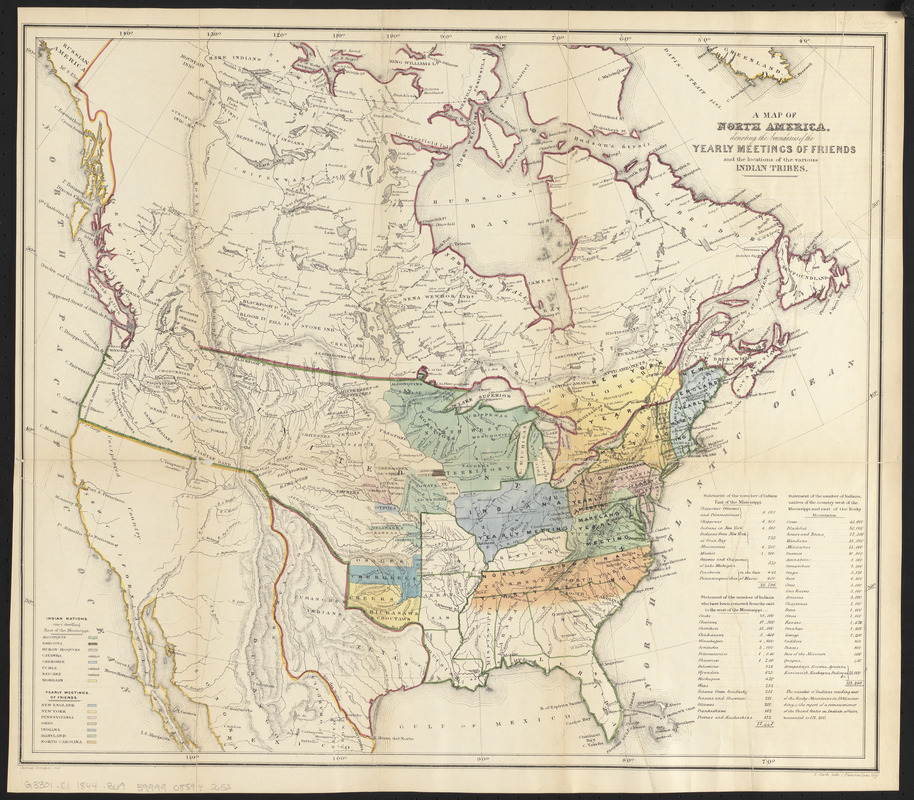Forced and coerced displacement within the United States throughout the 19th and 20th centuries profoundly challenged the concept and reliability of “home” - psychological, concrete, and emotional. This pattern of human migration determined survival for some and near decimation for others, requiring a constantly reconstructed definition of “home” for the youngest travelers along the way.
The children’s and young adult literature around which this map set is based tells their stories.
Using award-winning novels in prose and verse, as well as informational texts, students will practice and develop literacy and map skills in order to assess and describe ways in which the text animates the story a map can tell, and how corresponding maps enrich understanding of a given text. Throughout this unit students have an opportunity to act upon all six of the competencies of the AASL Standards Framework for Learners - inquire, include, collaborate, curate, explore, and engage - as well as the following NCSS themes.
Time, Continuity, and Change
Middle grade students are increasingly able to use multiple sources to build interpretations of past events and eras.
People, Places, and Environments
The study of people, places and environments facilitates understanding the relationship between human populations and the physical world.The influence of physical systems, such as climate, weather and seasons, and natural resources, such as land and water, on human populations.
Causes, patterns and effects of human settlement and migration, learning of the roles of different kinds of population centers in a society, and investigating the impact of human activities on the environment.
How communications and transportation networks that link different population centers, the reasons for these networks, and their impact.
Using data and applying skills in analyzing human behavior in relation to its physical and cultural environment.
(Note - this unit and map set covers the Trail of Tears, Orphan Trains, the Dust Bowl, the Great Depression, and the Great Migration. The set and unit can certainly be expanded with maps and literature related to concurrent movements, such as the Gold Rush, Homesteading, the Underground Railroad, Exclusion Acts, etc.)















